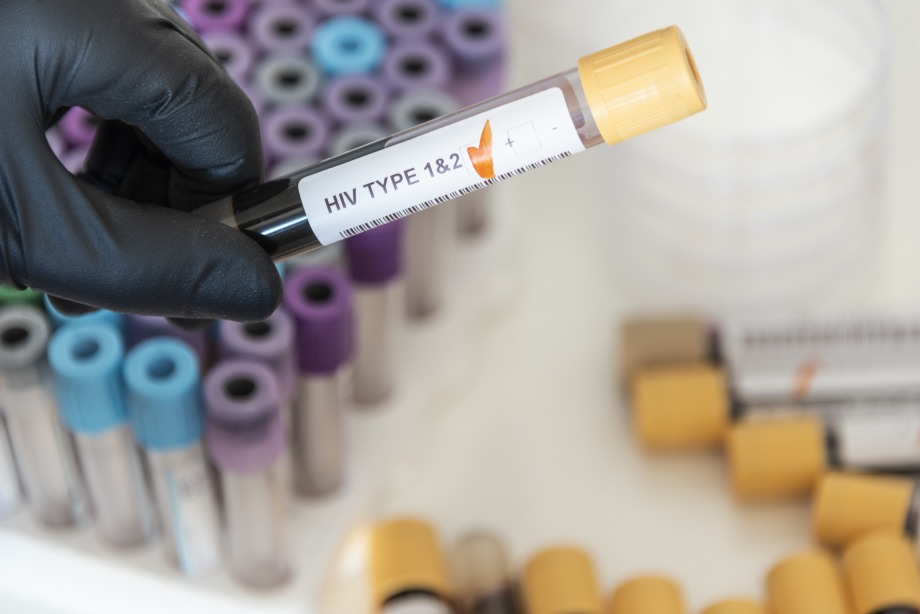HIV & AIDS: 40 years after, where are we?

First reported AIDS case was reported in 1981. Today an estimate of 1.5 million individuals are newly infected with HIV each year, and 37.6 million people globally are living with HIV. Thus, on the World AIDS Day, Alcimed invites you to review the different potential strategies for a still expected sustainable solution for HIV: ARVs, prevention, HIV vaccine.
What is HIV and AIDS?
HIV (human immunodeficiency virus) is a retro virus that attacks immune cells, that help the body fight infection, making a person more vulnerable to other infections and diseases. It is spread by contact with certain bodily fluids of a person with HIV, most commonly during unprotected sex, or through sharing injection drug equipment. If left untreated, HIV can lead to the disease AIDS (acquired immunodeficiency syndrome).
HIV: Antiretroviral (ARVs) treatment
There are effective antiretroviral (ARVs) treatments that help to keep the count of the healthy immune T-cells high enough to avoid progressing to AIDS. Through incremental research, the regime of pills patients must take have been reduced from 28 pills a day to just one today, though still a daily treatment for the rest of their lives.
However, the current ARVs are not yet able to swipe out the virus from the infected cells which may be dormant and start replicating later. The disease has been turned into an equivalent of a chronic disease.
HIV: prevention as treatment
Another approach is using prevention as treatment. It could be possible to eradicate HIV without curing the disease but instead by stopping the transmission. The HIV negative persons with a higher risk of contraction can take the pre-exposure prophylaxis (PrEP) before they may get exposed to the virus and prevent the HIV in establishing itself in 99% of cases. Thus, by testing everyone who is at risk and by treating those whose test is positive, it is possible to stop the transmission and, eventually, eradicate HIV.
However, the challenge lies in making the ARVs and PrePs available to the persons at the higher risk, whereas in the real world they tend to have a low accessibility to these medicines. E.g., patients in Sub-Saharan Africa account for 70% of cases in the world, and only about 1/3 of them receive the treatment. Even in the USA, HIV still kills more than 10 000 lives each year.
HIV: finding the vaccine
The sustainable solution hope for HIV is the vaccine. Yet, it is difficult to establish an HIV vaccine because the virus mutates rapidly and establishes in the genomes of cells. Thus, the goal of an HIV vaccine would not be to completely prevent infection, but to reduce the chance of infection by half, which would allow bending the curve.
However, the history of looking for an HIV vaccine so far has been marked with many failed attempts. A recent example comes from August 2021, when Johnson & Johnson HIV vaccine failed the 1st efficacy trial called Imbokodo with an efficacy of 25%, which was not deemed as statistically significant.
COVID vaccines ecosystems to be applied in HIV?
Nonetheless, there is hope that an mRNA vaccine could work where other candidates have failed and that the mRNA technology, applied and developed to solve the global COVID pandemic may offer hope for an HIV vaccine.
Learn more about mRNA therapeutics >
The current front runner of the attempt is Moderna as it recently began human trials of an HIV vaccine that relies on the mRNA technology behind its Covid vaccines. By leveraging Moderna’s mRNA system, researchers are aiming to improve and broaden the kind of cells and antibodies that the body produces in response to the vaccine.
Whether it will make a difference remains to be seen. The challenge is high, as HIV somehow evades the immune system and quickly enters cell to infect them. Therefore, there is a need to trigger a stronger response of the body, though the current defense is not very efficient and pushing this pathway could not be enough.
40 years after the detection of HIV, the disease is still killing lots of people around the globe and prevention attempts have never fully been successful, though the alarming pandemic at start has somehow been contained. A long road is still in front of us. Hopefully the COVID pandemic will turn as a chance, bringing new options, rather than a competitive cause to fund that would take resources out of HIV research. What is likely is that the success would come out of a combination of solutions with a sustainable program to really manage to contain this condition finally.
About the author,
Simona, Consultant in Alcimed’s Healthcare team in France
Do you have an exploration project?
Our explorers are ready to discuss it with you